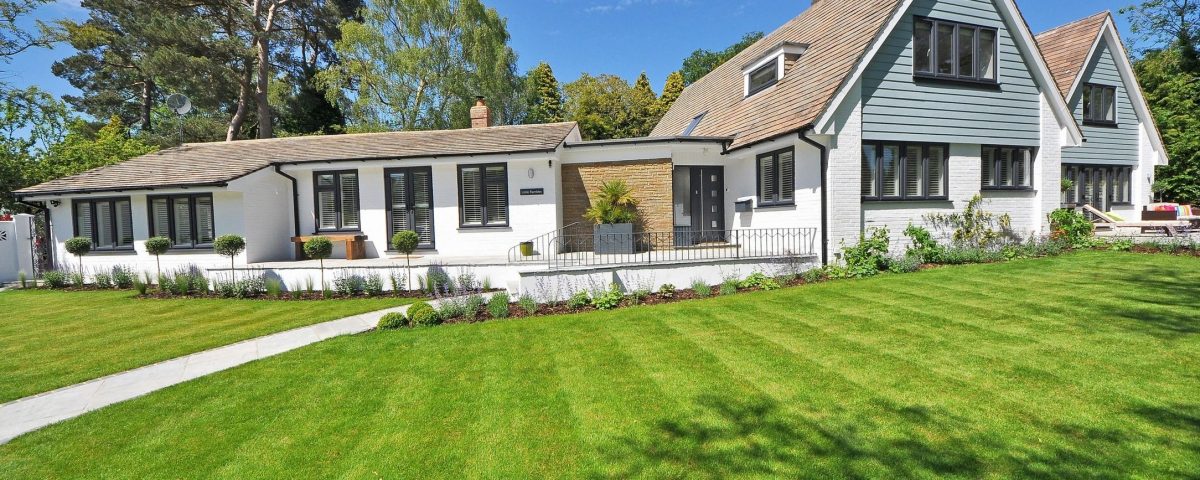
Recruiting Construction Talent During a Pandemic
June 9, 2020
10 Ways to Attract Recruiters and Hiring Managers in 2021
May 17, 2021Filing yet another data point under “weird things that happened in 2020”: The housing market boomed despite a global recession.
Residential housing experienced a mild dip in March of 2020 but recovered quickly, picked up steam, and is projected to keep rising in 2021 and 2022. Suburban single-family homes are the winners in this market. Here’s why:
- Gen Z and Millennials are Sick of the Cities. The data shows Gen Z suburb dwellers rose from 41 percent in 2019 to 49 percent in 2020. Homeownership is also rising for Gen Z, with 30 percent of 18-to-24-year-olds saying they own their homes. Millennials are also fleeing the cities to buy homes in the suburbs – a trend that started in 2017 but spiked in 2020 due to the pandemic.
- Low Interest Rates: Interest rates are at historic lows, giving people, who would typically rent, the ability to buy a home instead. Although many people have been forced to lower their budgets due to the pandemic, record-low interest rates still give them the ability to purchase homes that could not have purchased a year or two ago. Interest rates are likely to start increasing in the second half of the year, which is causing buyers to speed up their timelines.
- A Pandemic-Driven Shift in Priorities. The pandemic forced people to stay home, driving city-dwellers to rethink their priorities. With many places still closed or opened with limited capacity, proximity to restaurants, bars, and downtown entertainment areas has become less important to many city dwellers. Add to that, remote work has taken daily commute off the list of advantages to urban living. People are moving to the suburbs in favor of larger homes, yards, and open spaces. Suburban areas are seeing higher home sales growth than urban areas, a trend that is expected to continue through 2021.
- Corporations are Leaving High-Tax Areas. Companies like Tesla, Oracle, Blackstone Group, and their founders are relocating from high-income tax states, such as California and New York, to lower-income tax states, such as Texas and Florida. More major corporations are expected to follow suit, creating jobs and housing demands in these areas.
- Increasing Crime Rates in Cities. Crime rates had been dropping since 1991, but spiked again from 2014 – 2015 in the largest cities, driving higher-income residents out according to the data. While crime rates dropped overall from 2019 to 2020 by 5.3 percent, murder rates were up 16.1 percent in America’s top 25 largest cities. If history is any indication, increasing crime rates cause higher-income, higher-educated residents to move away, which means leaving large cities in favor of their safer suburbs.
The Demand for Residential Homes
The significant annual growth in both list and sale prices shows an extreme lack of inventory and very high demand.
“Despite robust housing demand and low mortgage rates, buyers are facing a dearth of new homes on the market, which is exacerbating affordability problems,” said NAHB Chairman Chuck Fowke.
Homebuyers aren’t the only ones facing supply problems. NAHB Chief Economist Robert Dietz said recently, “A shortage of buildable lots is making it difficult to meet strong demand and rising material prices are far outpacing increases in home prices, which in turn is harming housing affordability.”
Homebuilders are doing their best to meet consumer demand. There haven’t been this many single-family homes under construction since 2007. Interestingly, many homes are being built specifically to serve as rentals. As reported by the Wall Street Journal, executives at LGI Homes Inc. have said that bulk sales to landlords would account for as much as 10 percent of the builder’s 2020 home sales, or as many as 900 houses. Investors are snatching up entire communities of new construction sing-family homes to market as rentals.
As Dietz stated, the short supply of buildable lots, increased prices of materials, and high consumer demand are making single-family, new construction homes unaffordable for many buyers. Investors are betting on the suburbs remaining desirable and scooping up properties they can rent to meet demand and solve for the affordability problem.
Regardless of to whom they are selling, affordable new construction, single-family homes are in high demand, which puts production builders in a great position for growth in 2021.
Are Homebuilders Hiring in 2021?
Yes! The construction job market took a hit in 2020 as projects were put on hold and builders and contractors couldn’t get the materials they needed. But it’s coming back hard in 2021 according to Anirban Basu, chief economist at the Associated Builders and Contractors.
In his economic forecast in December of 2020, Basu asked his audience of more than 1000 participants of both residential and commercial construction firms how many intended to increase staffing in the coming year and more than half responded affirmatively according to a recent post on the Construction Dive blog.
Homebuilders are hiring for project manager, executive, and contractor positions in the first quarter to ensure their abilities to meet 2021 project demands.
With a shortage of skilled workers, increasing prices of materials, social distancing and safety considerations, and extremely high demand for single-family homes, homebuilders are competing for the best talent available to ensure their growth and success.
Corporate resources, stability, and career growth are major selling points to candidates in this job market. Homebuilders who can offer those key benefits will land the best talent in 2021.



